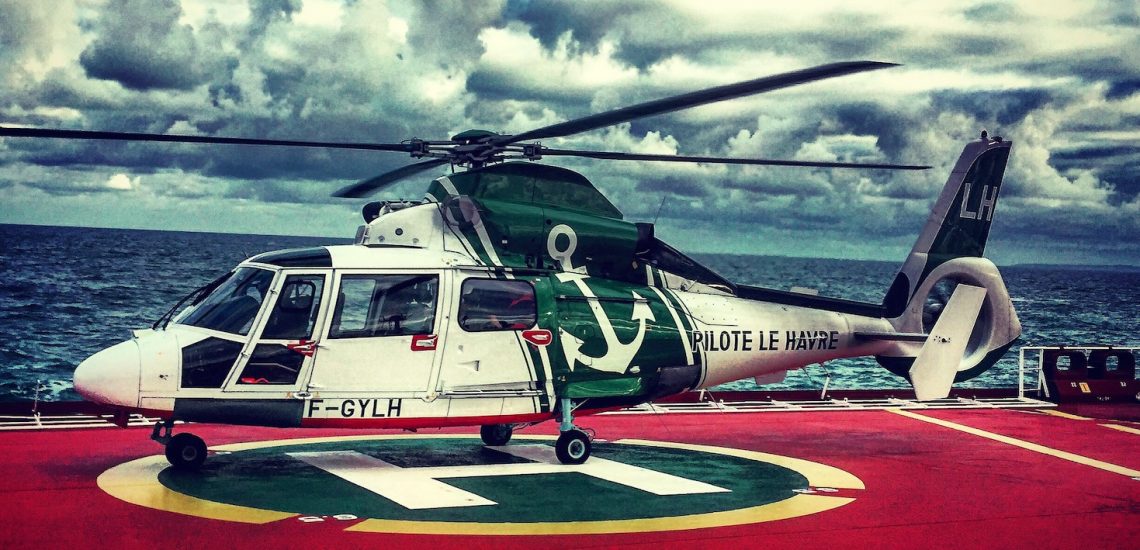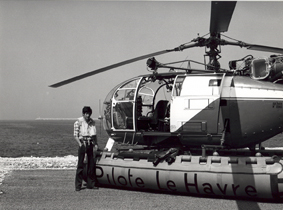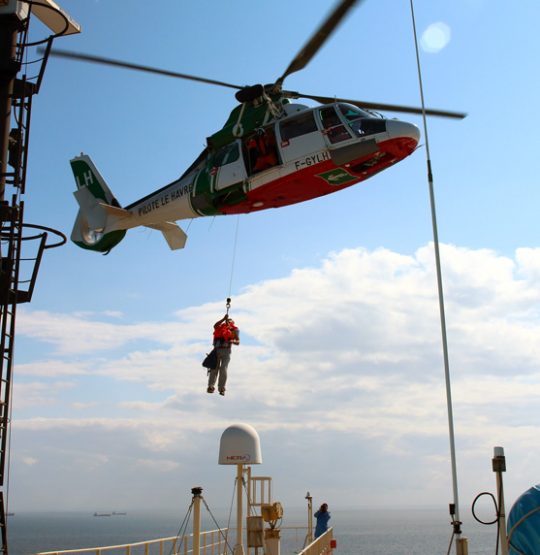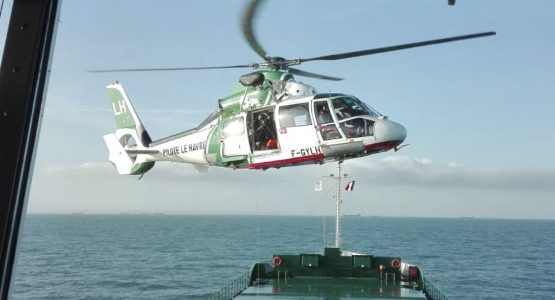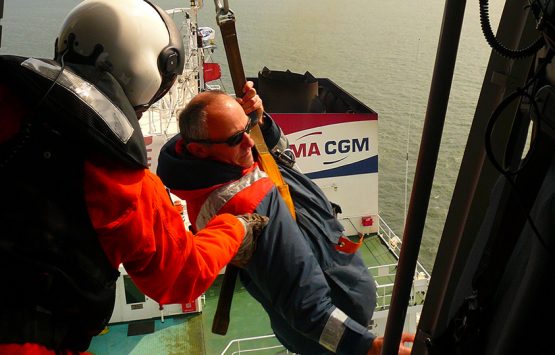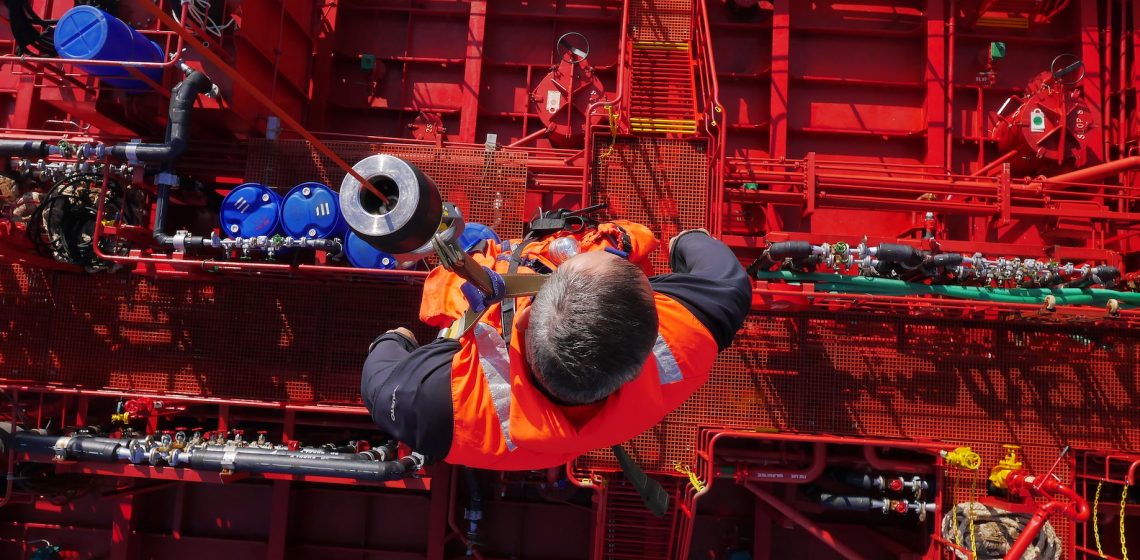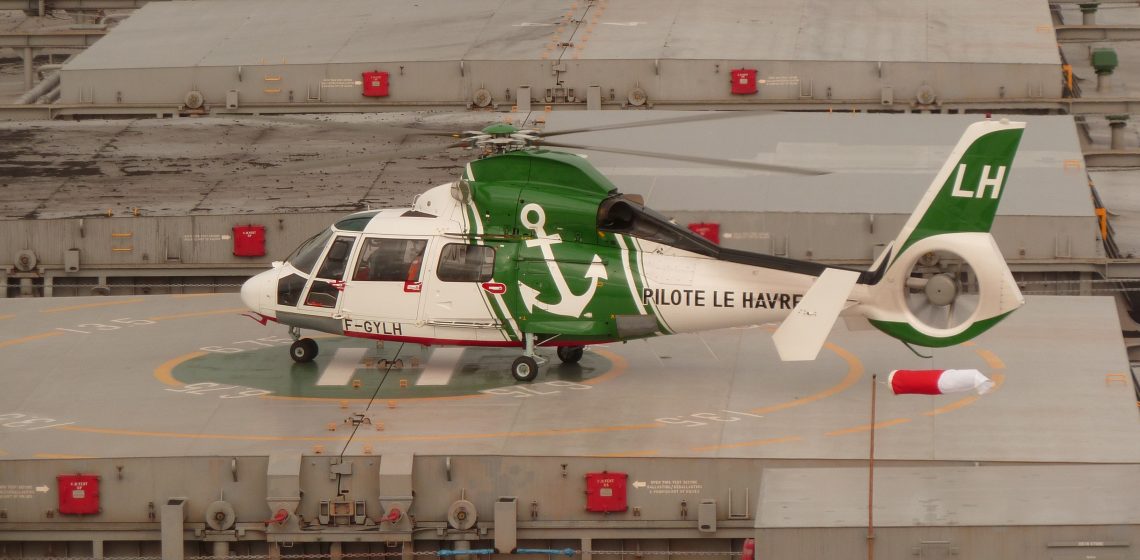The first helicopter service at the pilot station of Le Havre goes back to 1976. It was the time when Le Havre port built the Antifer oil terminal. Thus, the boarding of pilots aboard super tankers then became a problem: how to serve these vessels conveniently and with the best possible safety conditions when they are situated more than 25 miles out to sea? The station considered several solutions and decided upon the use of a helicopter. The choice for an “Alouette III 316B” was made. Hence, by taking this step the station became a pioneer in this field as no other station in France or abroad had ever been equipped with this type of machine. The use of a helicopter was taken up later by the pilot stations of Dunkirk and the Gironde.


